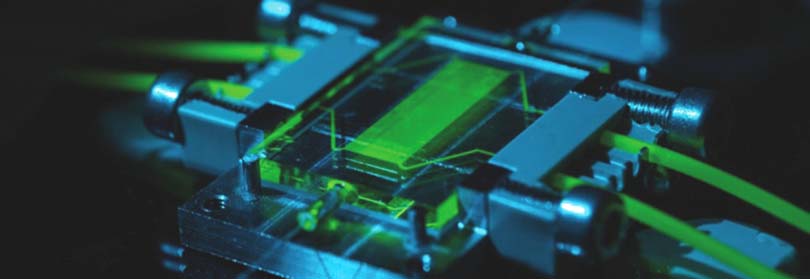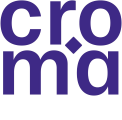PhD Defense of Médéric VINDRET
Published on January 28, 2021
A+Augmenter la taille du texteA-Réduire la taille du texteImprimer le documentEnvoyer cette page par mail
PhD Defense
February 10, 2021
Defense of doctoral thesis of Médéric VINDRET for the University Grenoble Alpes, speciality " OPTIC & RADIOFREQUENCIES ", entitled:
By VIDEO CONFERENCE
" Development of a device for the treatment and electrical analysis of bacterial suspensions. Application to the study of the impact of weak alternating electric fields and the bioelectric effect on bacterial growth. "

Médéric VINDRET
Wednesday, February 12, 2021 at 2pm
Athermal electric field,Growth inhibition mechanisms,Impedance spectroscopy,Bacteria,Interactions
Abstract :
The mechanism of bacteria resistance to antibiotics and the limitations of current microbial decontamination methods (pollution, high energy consumption) have motivated the search for alternative strategies to inhibit or eliminate bacteria. Studies have demonstrated the effectiveness, on the inhibition of bacterial growth, of a combined treatment of weak alternating electric fields (of the order of V/cm) and a low dose of antibiotic (below the minimum inhibitory concentration). This synergy is referred to in the literature as the "bioelectric effect". However, this effect is poorly understood, particularly the impact of the various parameters (electrical, thermal, biological and chemical) on the effectiveness of the treatment.
The objective of this thesis is therefore to develop a treatment device capable of applying weak alternating electric fields (between 10 kHz and 10 MHz) on suspended bacteria and to measure the impact of this treatment on the growth of the bacteria. This is achieved with a customised instrumentation offering the widest possible spectrum of values for the different parameters (frequency, electric field intensity, temperature, bacterial species, antibiotic) in order to best characterise the bioelectric effect. Particular attention is paid to the measurement and control of the various parameters involved in these experiments, in particular temperature. In parallel with this treatment, the device makes it possible to carry out measurements of the dielectric properties of bacteria in suspension by impedance spectroscopy, this method having made it possible in the literature to measure and analyse the electrical behaviour of biological materials over a wide frequency band.
By varying the various electrical, biological and chemical parameters, weak alternating electric fields, alone or in combination with antibiotics, have shown no visible impact on the growth of bacteria in suspension. This calls into question the results obtained in the literature and questions the real effectiveness of these weak alternating electric fields and the bioelectric effect on the bacteria. All the more so, as by modifying our treatment device with the addition of power amplifiers, the stronger electric fields, and consequently thermal fields, proved to be effective. Last but not least, a synergy between the weakly thermal electric fields (<50°C) and a low dose of antibiotic (< minimal inhibitory concentration) was visualised: the combination of the two treatments showed a strong efficiency on the inhibition of bacterial growth, contrary to the two treatments taken separately.
These results raise several questions about the underlying mechanism of this bioelectric thermal effect, about the difference between electric heating and conventional heating in this treatment and finally about the possibility of using the low thermal bioelectric effect as an alternative decontamination strategy.
Jury members:
- Pascal XAVIER, PROFESSOR of UNIVERSITIES - University Grenoble Alpes : Supervisor
- Jean MARTINS, RESEARCH DIRECTOR - CNRS Grenoble : CoSupervisor
- Célia SANCHEZ-PEREZ, ASSOCIATE PROFESSOR - National Autonomous University of Mexico : Reviewer
- Philippe LEVEQUE, RESEARCH DIRECTOR - CNRS Limoges : Reviewer
- Jean-Emmanuel BROQUIN, PROFESSOR of UNIVERSITIES - Grenoble INP : Examiner
- Cécile POC, ASSOCIATE PROFESSOR - University of Rouen : Examiner
- Nicole ORANGE , PROFESSOR of UNIVERSITIES - University of Rouen : Examiner
A+Augmenter la taille du texteA-Réduire la taille du texteImprimer le documentEnvoyer cette page par mail
Partenaires
Thesis prepared at the laboratoiry : UMR 5130 - IMEP-LaHC (Institut de Microélectronique, Electromagnétisme et Photonique - Laboratoire d'Hyperfréquences et de Caractérisation) supervised by XAVIER Pascal, supervisor .
Date of update January 28, 2021
Our sites
eServices
 Connexion
Connexion Connexion
Connexion






